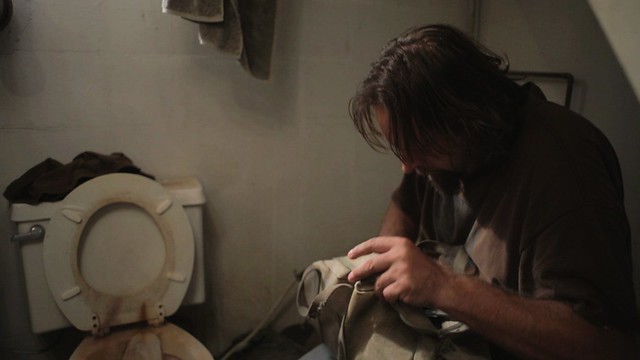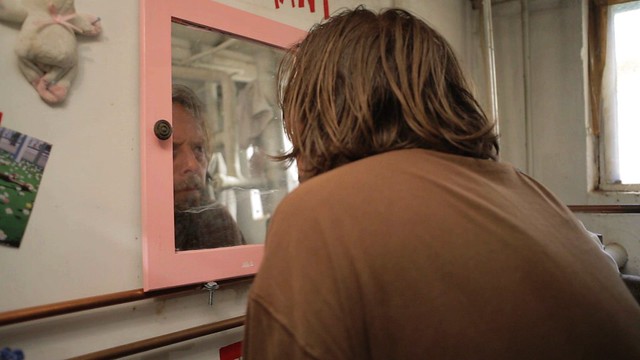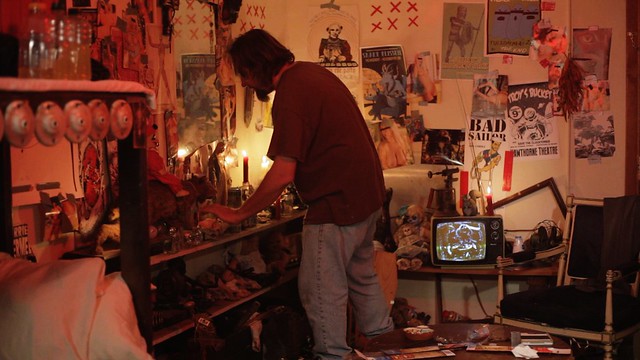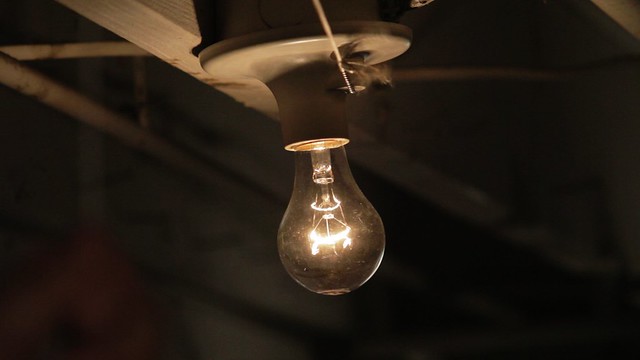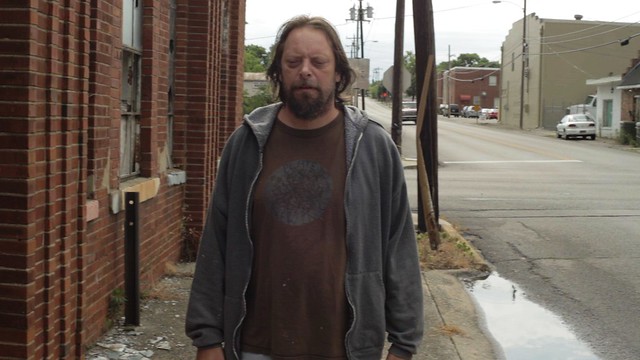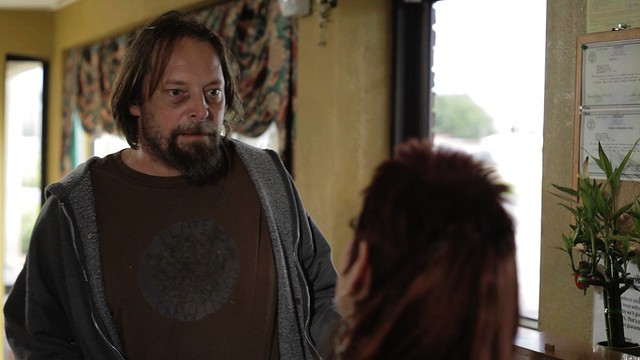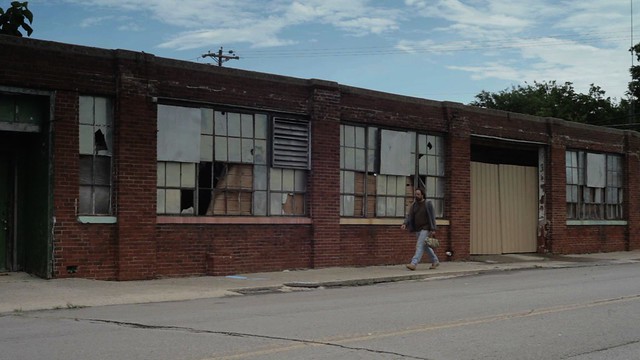Couple of things, one, commercial editors are not guaranteed to be good narrative film editors. I really had to lead him by the hand on a lot of stuff, particularly transitions. My old editor just seemed to know what the right transition was. With this guy I had to be very specific or everything just tended to be hard cuts. When to cross fade, when to dissolve to black then fade back in, etc... I wasn't expecting that.
At least you learned this earlier on! Also, television editors may not be good for short film or narrative films. You'd think opposite, but television's definitely different in more ways than one. You really want someone who cuts short form or long form dramatic narrative that isn't television or commercial.
If anything, it's a learning experience for yourself anyway so it's valuable.
I will be really happy when someday (I hope) I can actually shoot all the coverage we need. Some of it I just dropped the ball on, but sometimes I wanted more, but knew there just wasn't time in the schedule. Everything edits together fine, but definitely scenes where we really only had one option on the edit.
Good reason why these things cost money. However, there's an advantage to doing it this way: you learn to either script or storyboard what you need for a good cut, and you make your day that way. I've learned to do it now, but it's from editing other people's material down to the bone that I've recognized the kinds of things you just HAVE to shoot or you'll end up with a flat cut.
Great example: Some people will tell you "You don't need to have them walk into the door again."
Good editor will ask you: Why didn't you let them walk into the door again on this shot?
First time to shoot on DSLR. Some of the limitations of the tool are becoming very very apparent as I look at the locked video.
The worst by far, far worse than moire or aliasing is the tendency to blow out the highlights. On a production that wasn't under a huge time crunch and had more budget it's certainly fixable. However, shooting 10 pages in 4 locations in 2 days, there wasn't always time to say 'OK, we need to throw about 3K of light at this scene so I can stop down the lens and drop the ISO to prevent that lamp on the table with a 40 watt bulb in it from blowing out like the surface of the sun".
DSLRs are a serious bust ,man. I like them, and I know how to work with them, but avoid them at all costs.
For future reference, your ISO should ride around 400-640 during all situations, and you just need to under expose with ND's or stop depending on what you're doing. Also, using old glass can be really helpful.
You do have to rely more on post with digital, but even more so with DSLRs.
Looking forward to checking it out after the festival run.
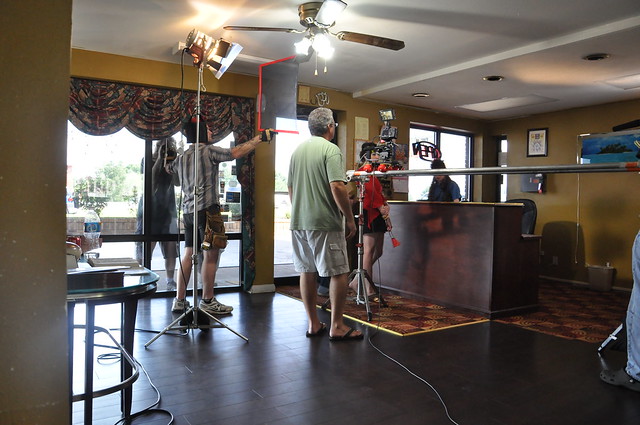
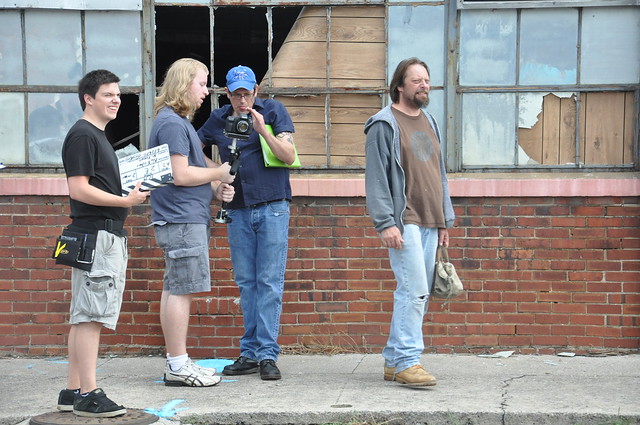
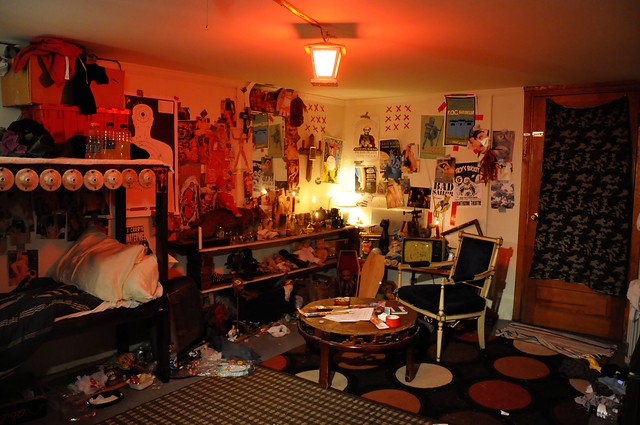






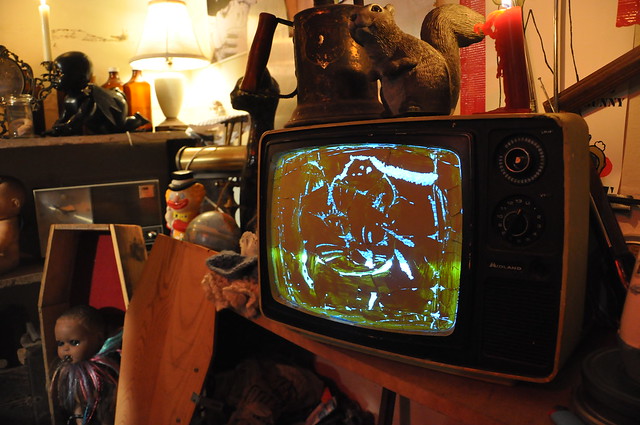
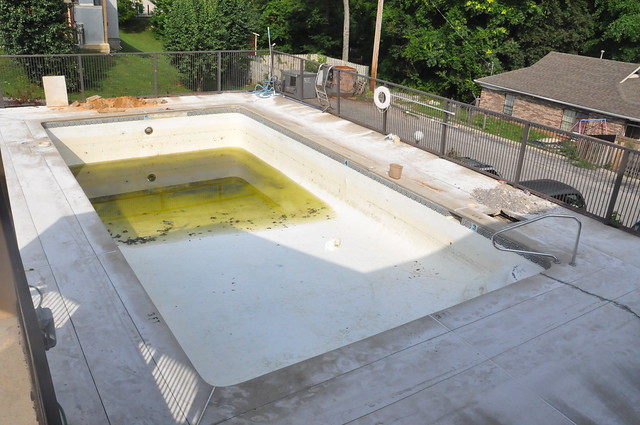

 Great set design, Gonzo!
Great set design, Gonzo!